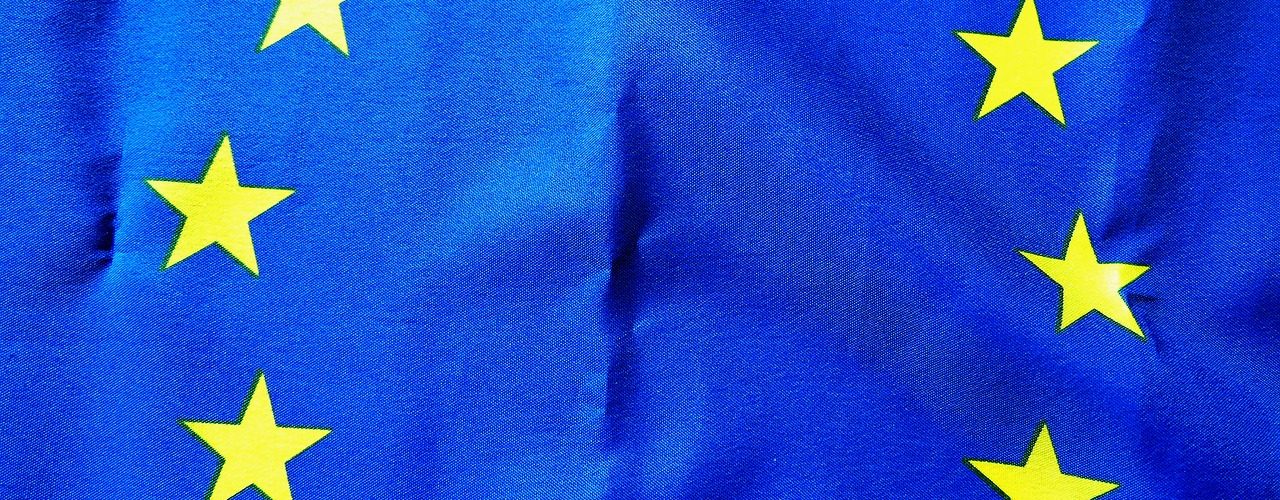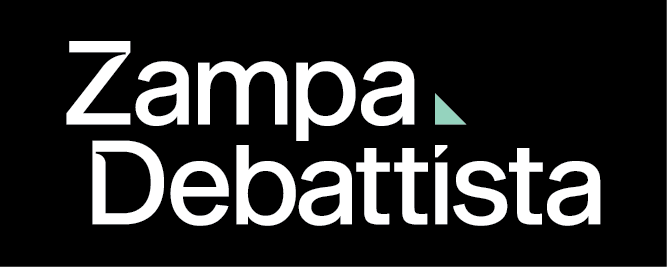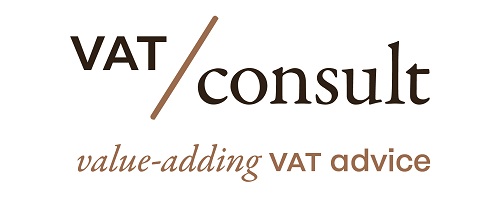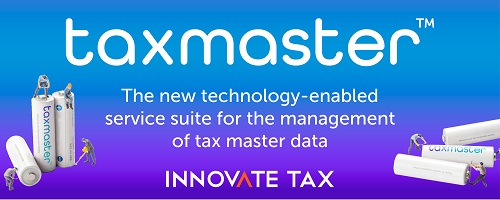Facts and questions have been released on the case C-362/21 (EKOPRINT). While this is not a VAT case, it may have an impact in case an electronic invoice which does not include a qualified electronic signature is still considered as an e-invoice.
Article in the EU VAT Directive
Not a VAT Case
Facts
EOOD (the applicant) is an undertaking which sells fruit and vegetables in wholesale and retail. EOOD was audited to determine whether the Bulgarian Sales Tax Act was correctly applied in the tax periods August to November 2014. After the inspection, an additional assessment and an additional assessment decision were imposed. These documents are drawn up as electronic documents and signed with an electronic signature. During the judicial proceedings, the applicant objected to all electronic documents drawn up in the context of the tax audits. She argues that no reference is made to the fact that these are electronic documents with an electronic signature and that a qualified electronic signature is missing. The lack of a qualified electronic signature has been confirmed by experts. The trust service provider qualifies the signatures of the tax authorities as ‘professional electronic signature’. The applicant claims that none of the documents drawn up by the tax authorities in the context of the tax audits were signed, as the electronic signatures of the employees are not ‘qualified electronic signatures’.
Consideration:
The referring court notes that the case-law of the highest Bulgarian court on the subject matter of the first question referred is inconsistent. Since the legal definition of the term ‘qualified electronic act’ makes explicit reference to the wording of Regulation 910/2014, only the Court has jurisdiction to interpret this provision. The referring court considers further explanation as to the intensity of the review when answering the question whether the signatures already meet the legal requirements in the specific case, necessary to determine whether or not there is a ‘qualified electronic signature’. In addition, the referring court notes that the position is taken that, on the basis of Art. 25 of Regulation 910/2014, no objection may be raised against electronic documents. As a result, an electronic document would also be valid if it is determined that there is a non-qualified electronic signature. This view would lead to an unequal treatment of paper and electronic documents. After all, if an objection is made to paper documents and it is determined that the signature does not correspond to that of the alleged author, the document is declared null and void. In contrast, an electronic document could not be assumed to be unsigned and would be legally valid even if the electronic signature is determined not to be a qualified electronic signature.
Questions
1. Does Article 25(1) of Regulation (EU) No 910/2014 of the European Parliament and of the Council of 23 July 2014 on electronic identification and trust services for electronic transactions in the internal market and repealing Directive 1999/93 /EC to be interpreted as meaning that a decision of an administrative authority in the form of an electronic document cannot be annulled because it is signed with an electronic signature that is not a ‘qualified electronic signature’?
2. In order to determine whether or not an electronic signature is a qualified signature, is it sufficient to place a ‘qualified electronic signature’ on the certificate issued by the trust service provider or must the court determine that the requirements have been met in Article 26 of and Annex I to Regulation (EU) No 910/2014 of the European Parliament and of the Council of 23 July 2014 on electronic identification and trust services for electronic transactions in the internal market and repealing Directive 1999/93/EC ?
3. In a case as described above, where the issuer qualifies the electronic signature as ‘professional’, is it necessary to establish that there is no ‘qualified electronic signature’ in the absence of a qualified certificate from the issuer, or to verify that the signatures meet the requirements for a qualified electronic signature?
4. Does the fact that the names of the owner of the electronic signature are displayed in Latin letters instead of Cyrillic letters, as the person identifies himself, an infringement of Regulation (EU) No.910/2014 of the European Parliament and of the Council of 23 July 2014 on electronic identification and trust services for electronic transactions in the internal market and repealing Directive 1999/93/EC leading to the absence of a qualified electronic signature the answer to the question whether the qualified electronic signature meets the requirements of Annex I to this Regulation?
AG Opinion
Decision
Personal comments/VATupdate
Source
Similar ECJ cases
How did countries implement the case? Your feedback appreciated! Let us know
Newsletters















